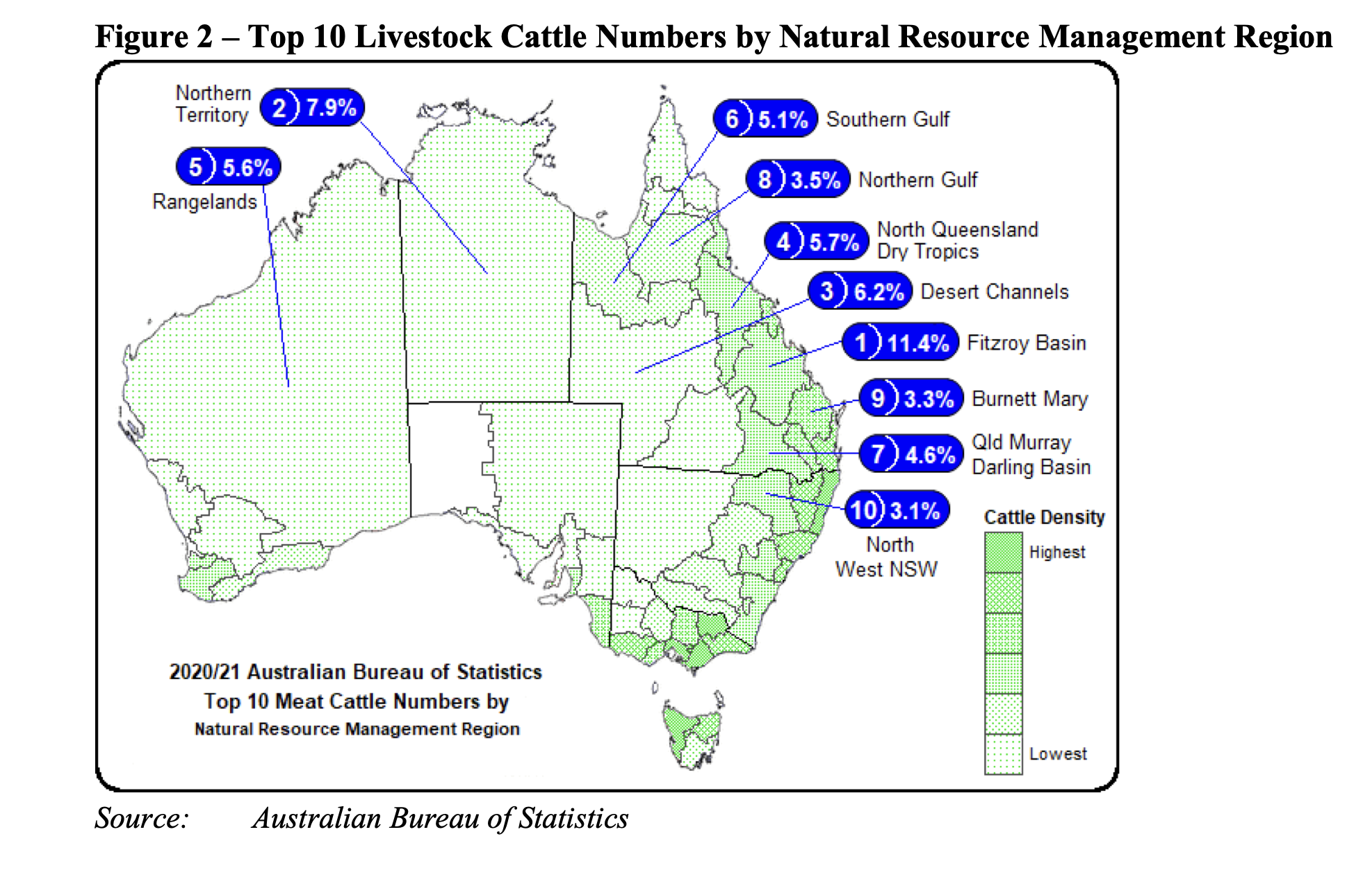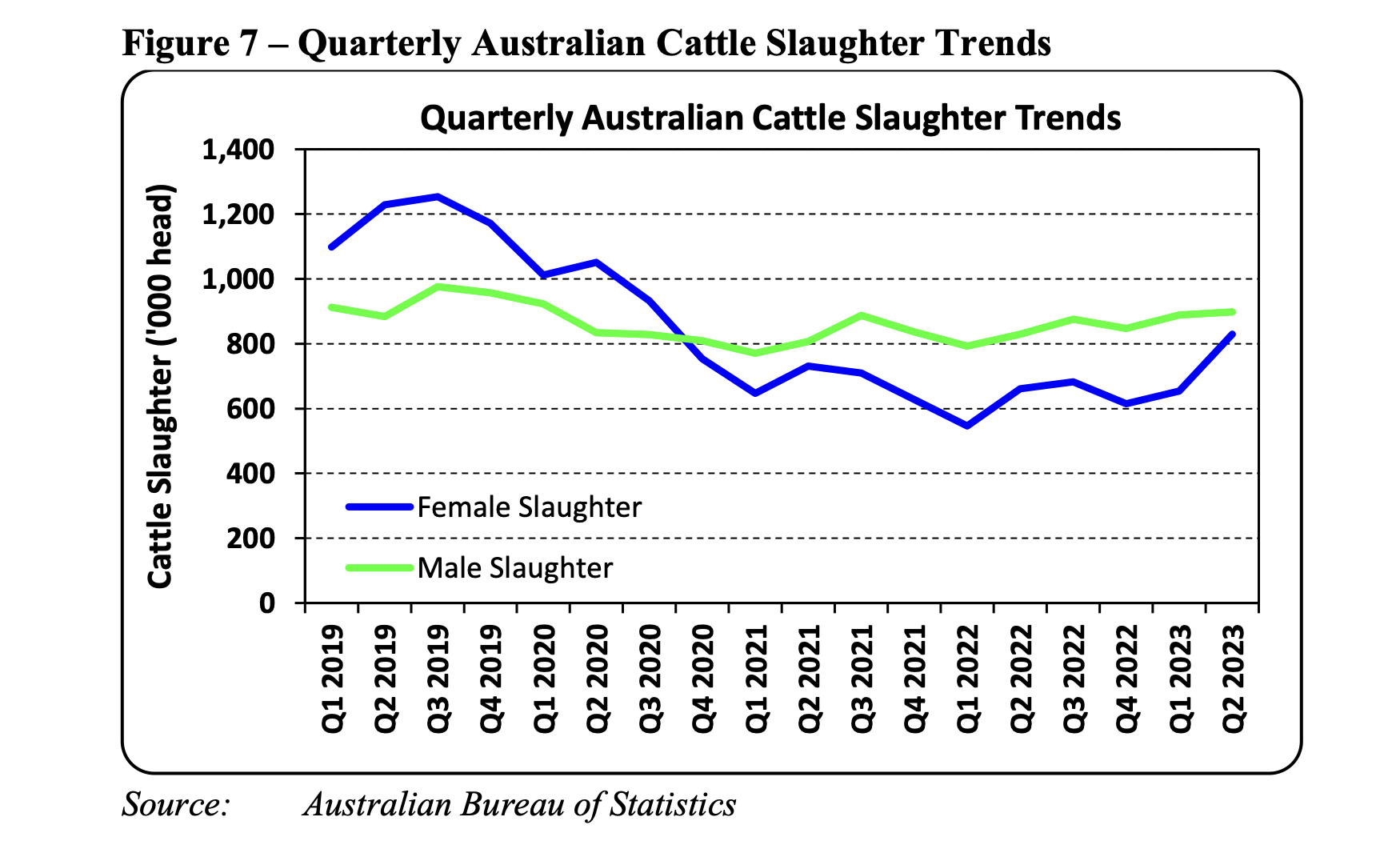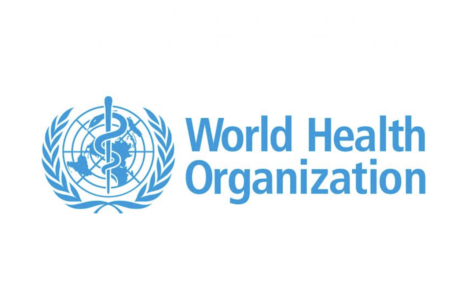



Australian beef slaughter forecast to rise in 2024
2023 forecast revised upward to 7.1 million headThe USDA Foreign Agricultural Service (FAS) forecasts an increase in cattle slaughter in 2024 to 7.5 million head, a 380,000 head increase over the upward revised 2023 estimate of 7.1 million head.
As part of the herd rebuild, young cattle numbers have built up to an extent that, in conjunction with broadly good pasture production conditions so far in 2023, particularly for the tropical rainfall influenced northern parts of Australia, the number of cattle ready for slaughter will increase in 2024.
Also contributing to the rise is an anticipated increase in calf slaughter caused by a fall in beef cattle prices, according to a recent US Department of Agriculture (USDA) Global Agricultural Information Network (GAIN) report.
Seven of the top ten beef producing regions are located in Queensland and rainfall in the first seven months of 2023 for central and northern Queensland, the Northern Territory and northern Western Australia has been well above average after exceptional wet season rainfalls. This is a positive scenario in relation to cattle production, particularly for the northern parts of Australia.
However, this is partly moderated by the southern parts of Queensland, which is an important area for cattle production, experiencing below average rainfalls so far in 2023.

The Bureau of Meteorology forecasts a high chance of below-average rainfall across much of the country for September to November 2023. If such conditions prevail, they will have a particularly negative impact on cattle production for processing in the more southern temperate areas.
These areas are dependent upon spring rainfalls to produce grass feed and carry cattle through the summer and into the fall of 2024. A shortfall of grass feed may result in an uplift in cattle sent to feedlots to reduce stocking rates and finish cattle for processing sooner, particularly from central and northern New South Wales and southern Queensland which have been drier than usual so far this year. This would slightly lift the cattle slaughter number for the final quarter of 2023 and reduce the growth
for 2024.
The potential bringing forward of cattle slaughter from 2024 to 2023 via an uplift in cattle finished via feedlots will be tempered by processor capacity. Industry reports that processors are still having challenges finding enough labour to establish more shifts and process more cattle.
Many processors are reporting that they are fully booked more than one month in advance, and some are booking places beyond that but without price offers. There are reports that some more processor capacity is likely to come online during 2024 which should satisfy the lift in forecast cattle slaughter numbers for 2024 from the 2023 estimate.

Calf slaughter numbers are forecast to increase in 2024 as a result of the big fall in cattle prices of over 40% from the end of 2022. The big fall in beef cattle prices since the end of 2022 is expected to result in less interest in producing dairy-beef cattle for beef meat. As a result, calf slaughter for 2024 is expected to rise from an already increasing number in 2023.
There had been a trend over recent years of falling calf slaughter numbers, particularly evident from 2020 to 2022. This was as a result of farmers looking to take advantage of very high cattle prices during those years.
With the increasing adoption of sexed semen usage by dairy farmers, they are better able to target their artificial insemination programs for both the live dairy heifer export trade and males for beef production.
Holstein-Friesian, which makes up the majority of the Australian dairy herd, is known for its meat marbling capacity and grass-fed dairy beef production had been expanding, but feedlots in recent years have also been showing some interest in growing out dairy cattle for beef.



